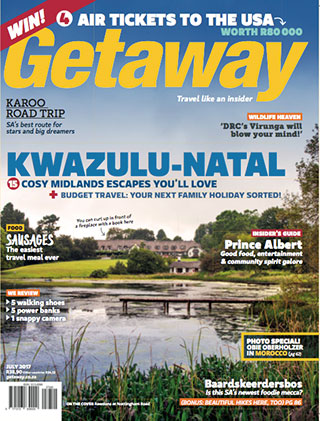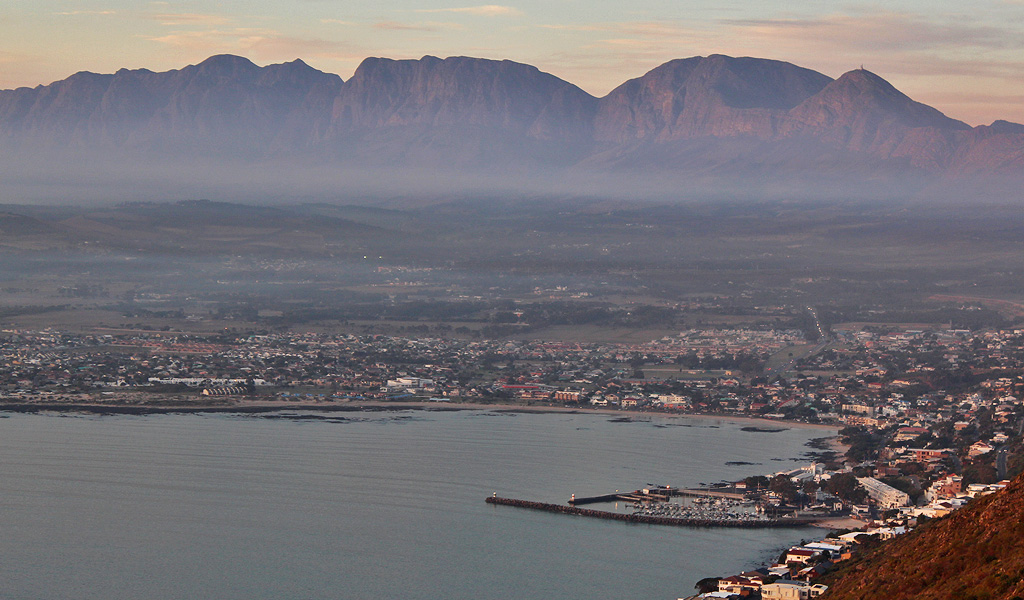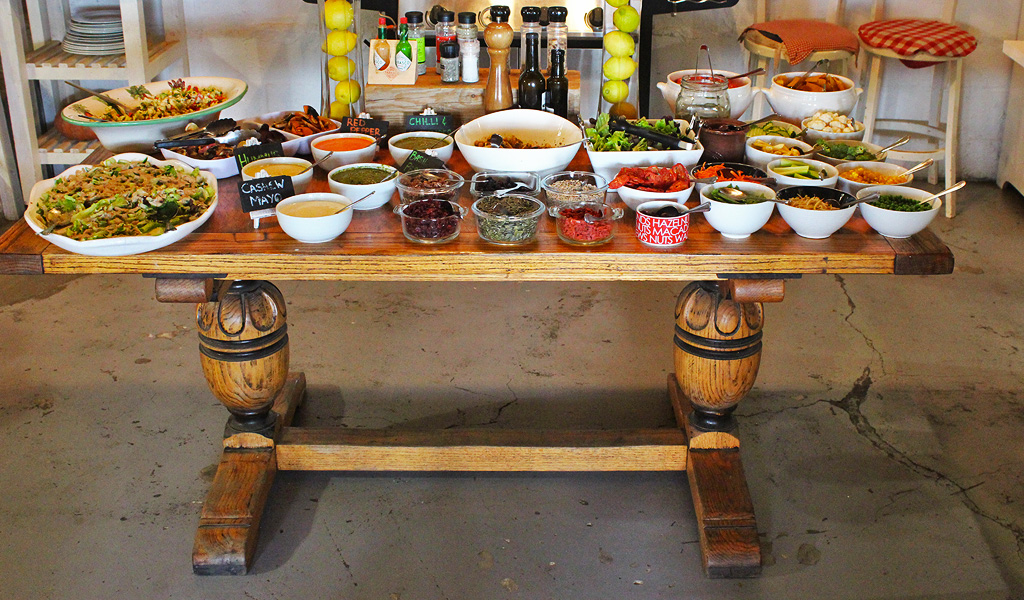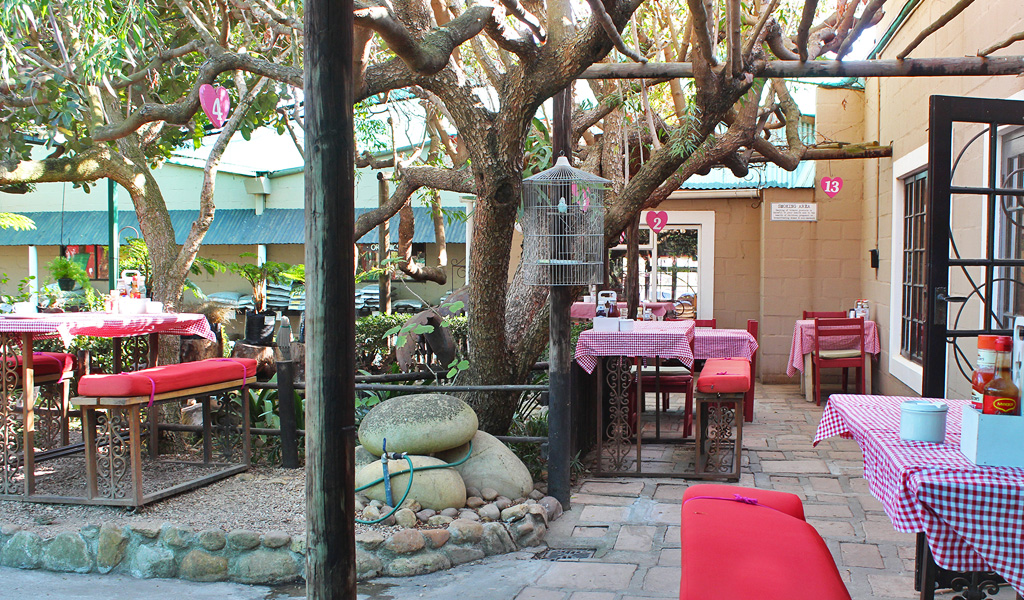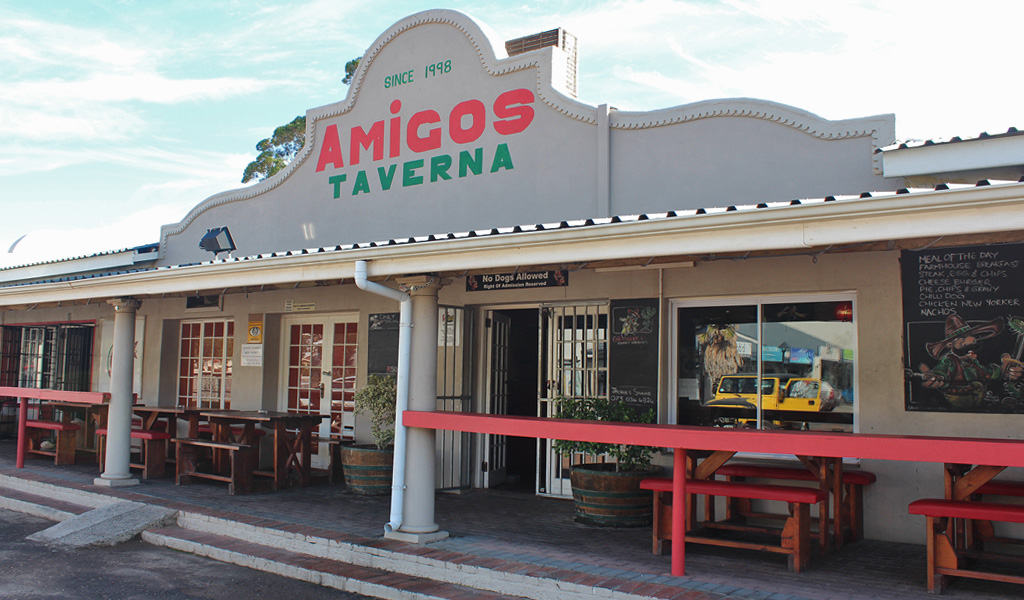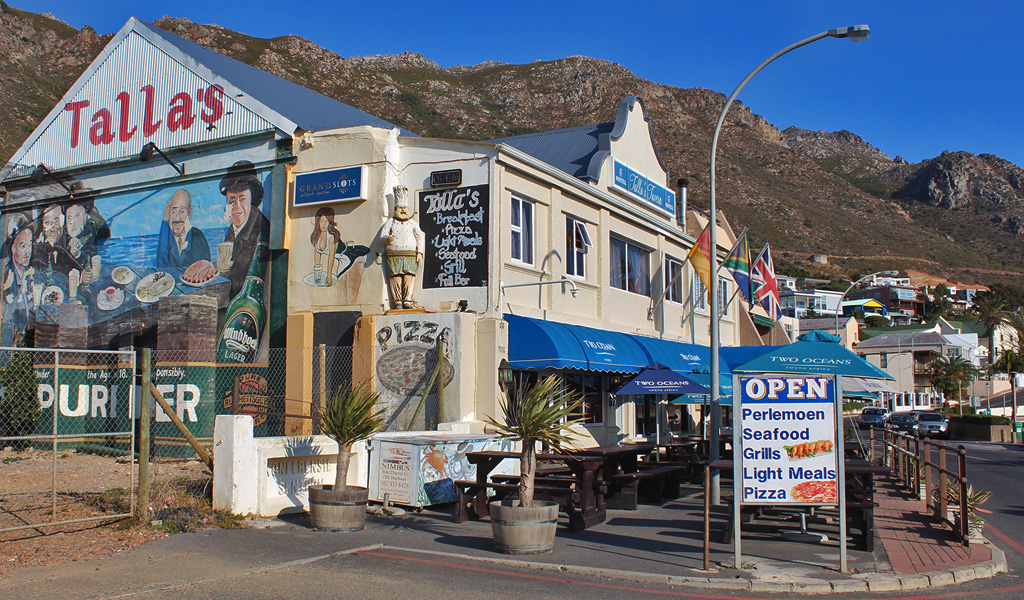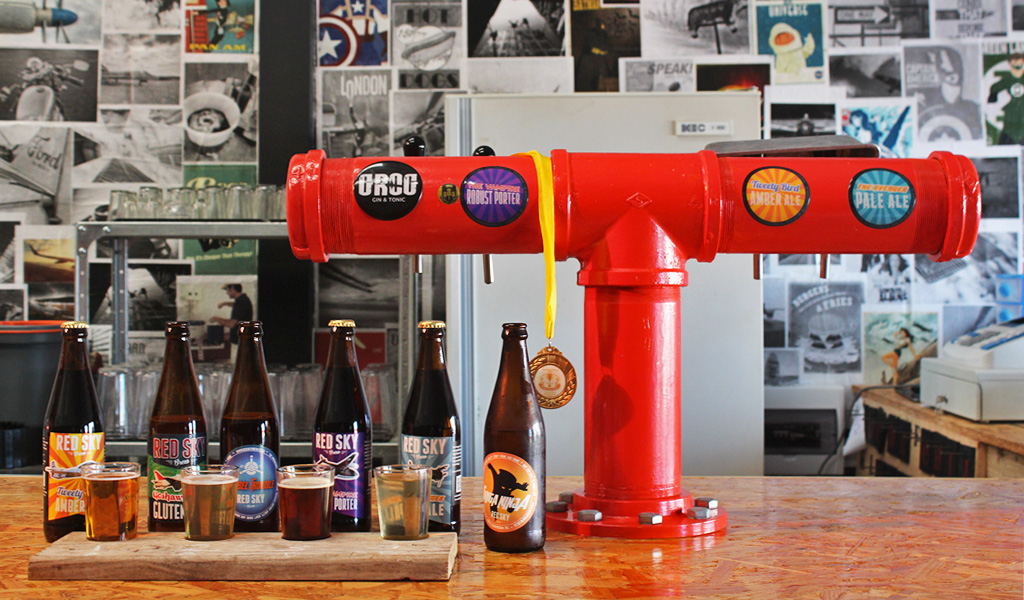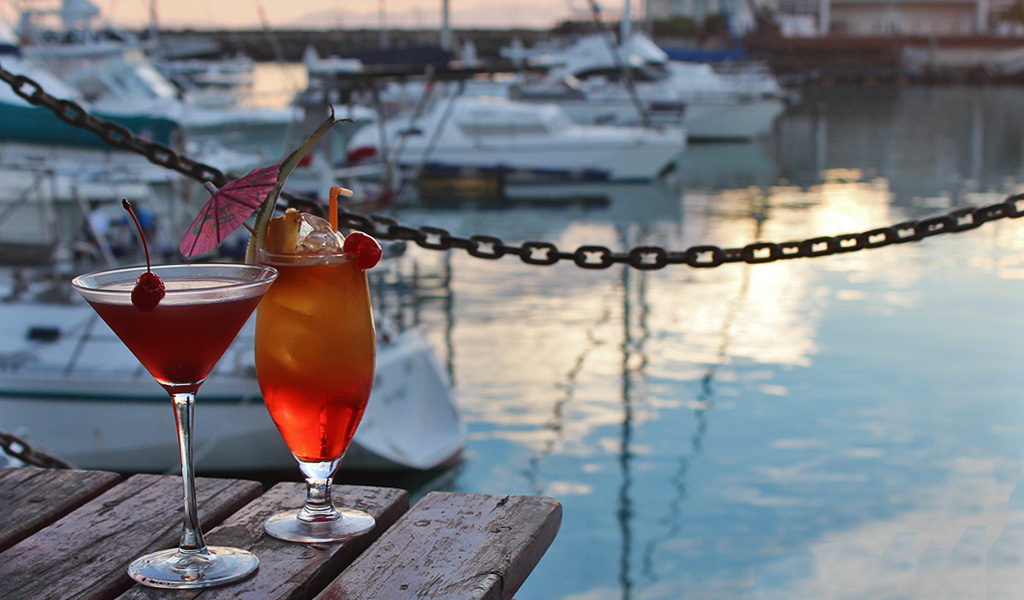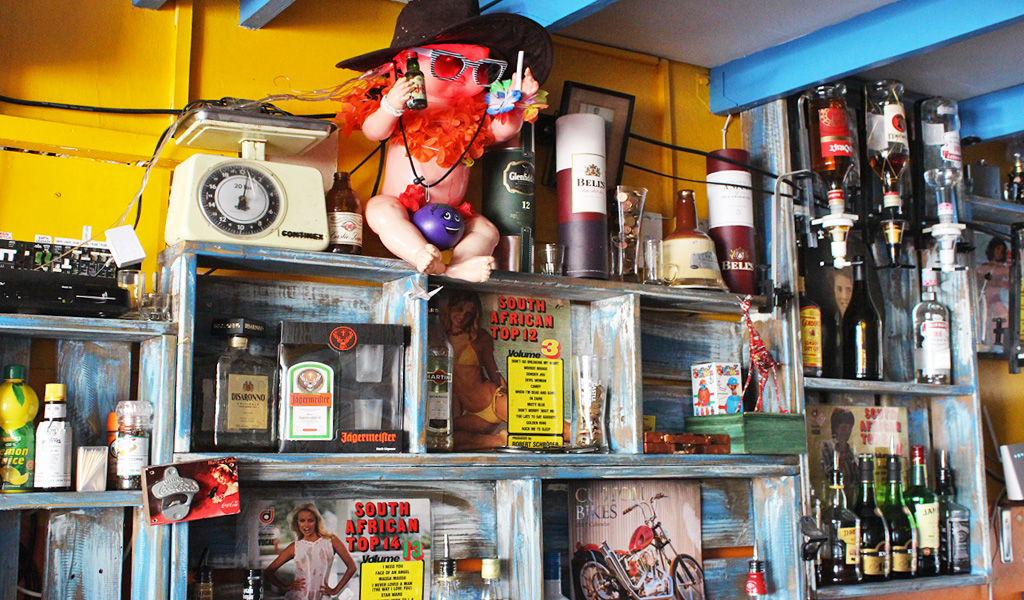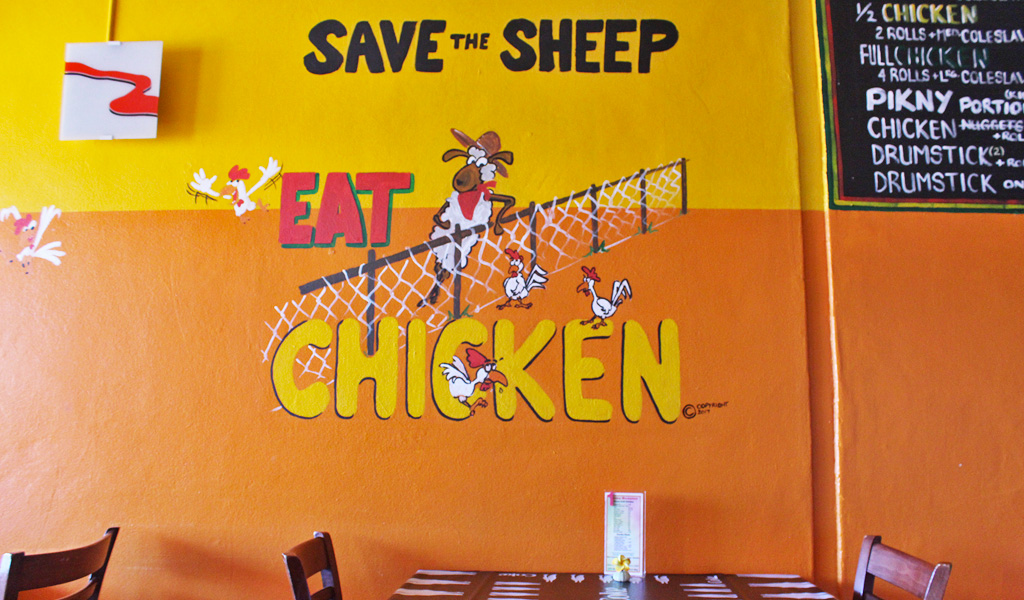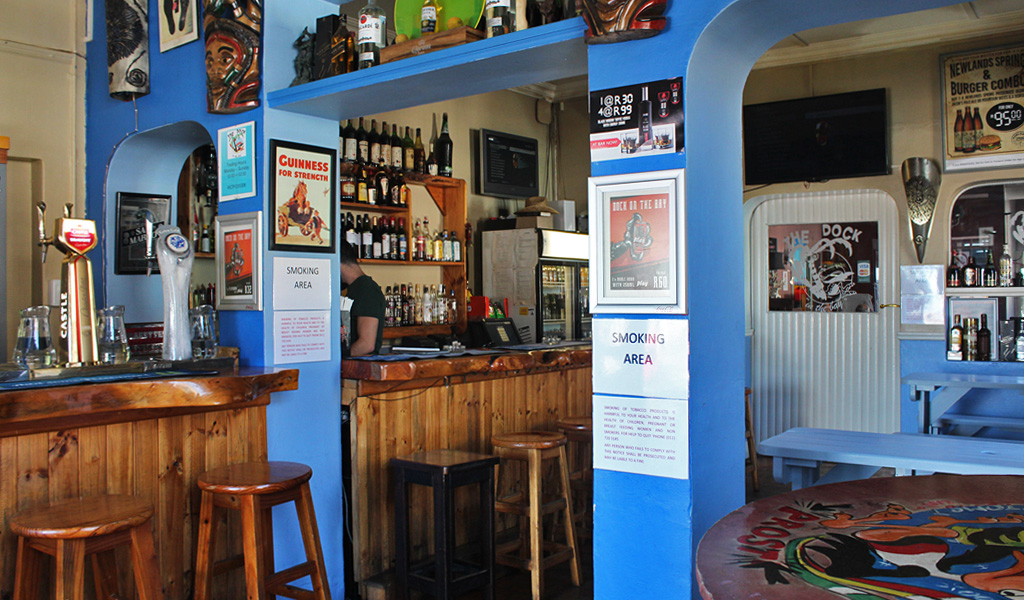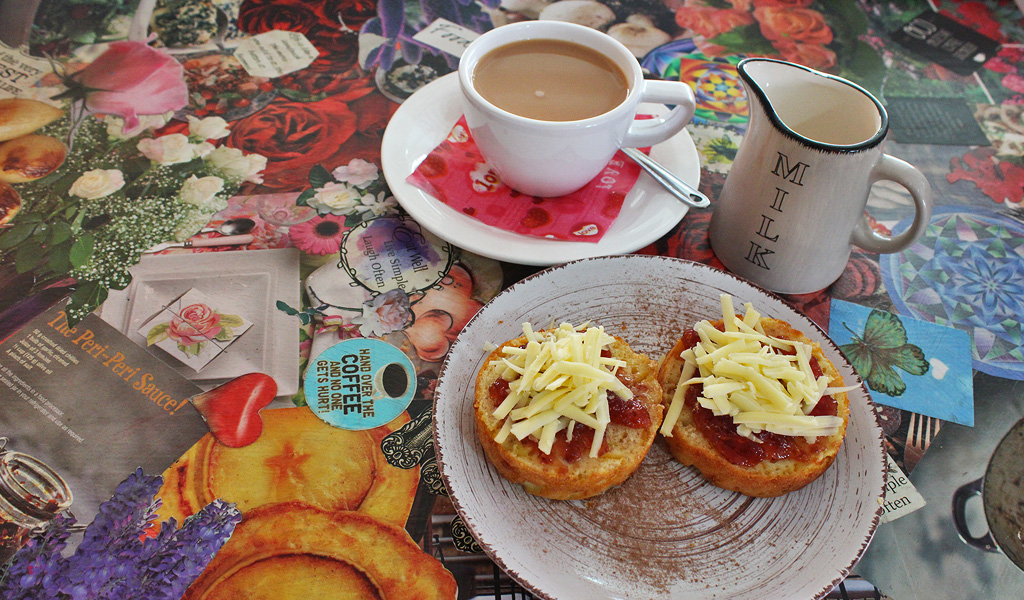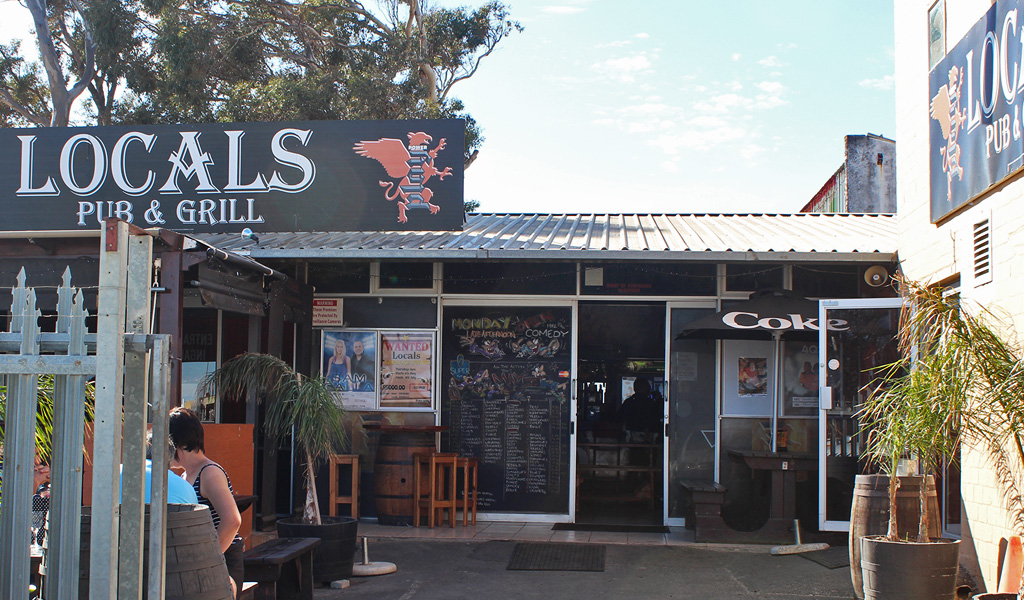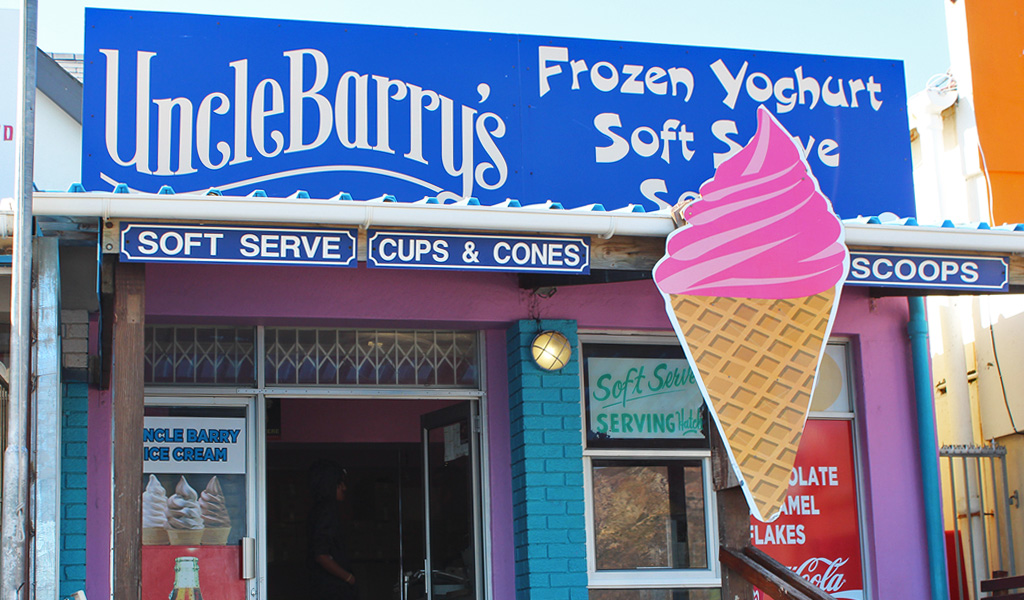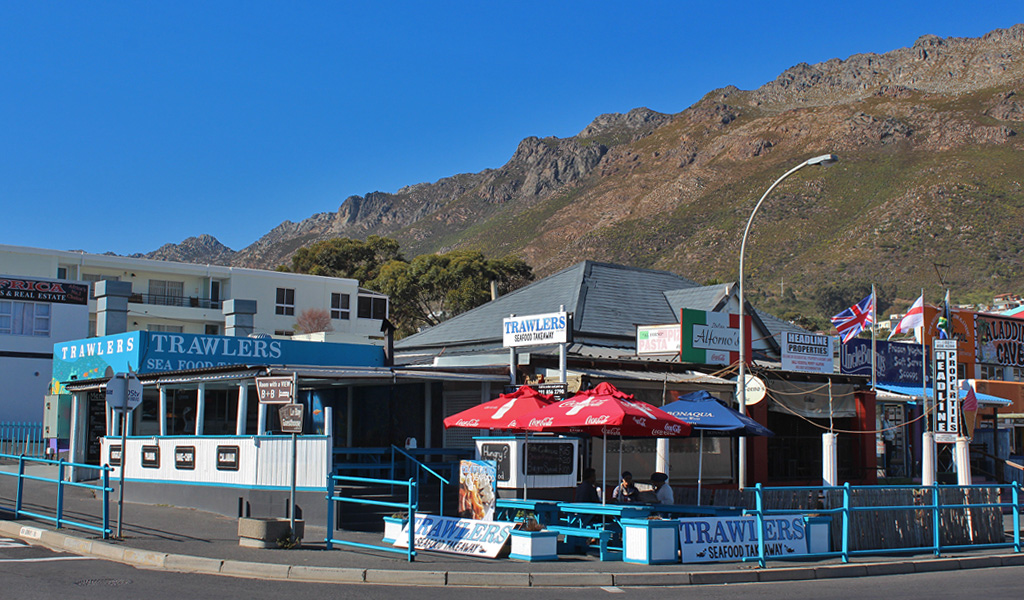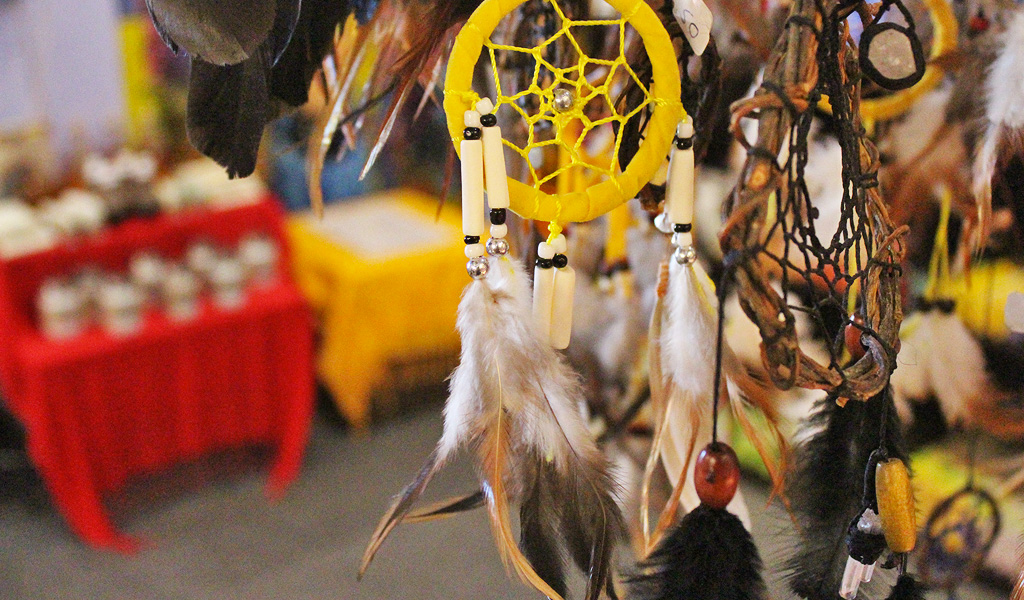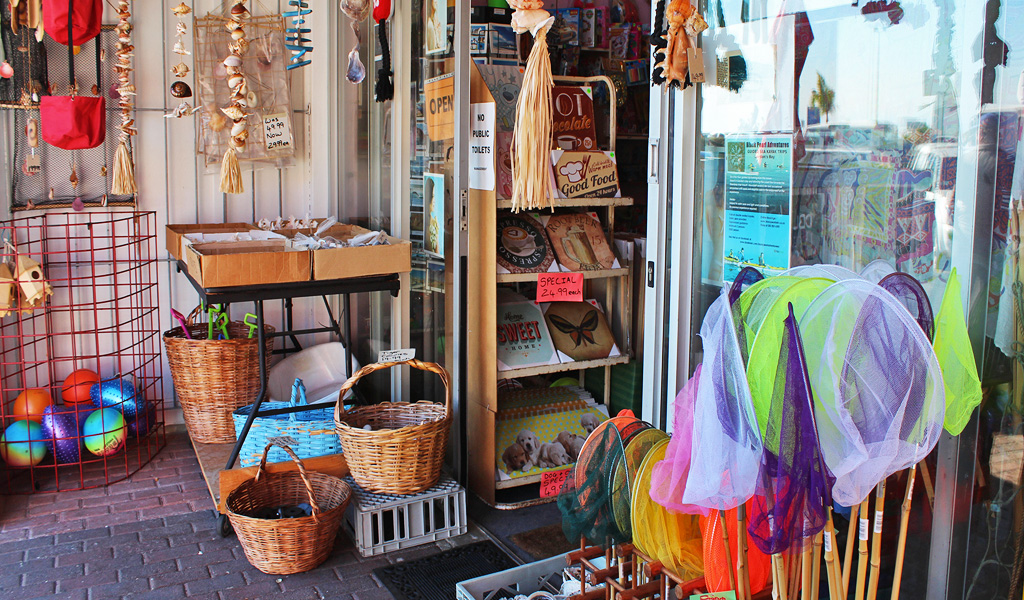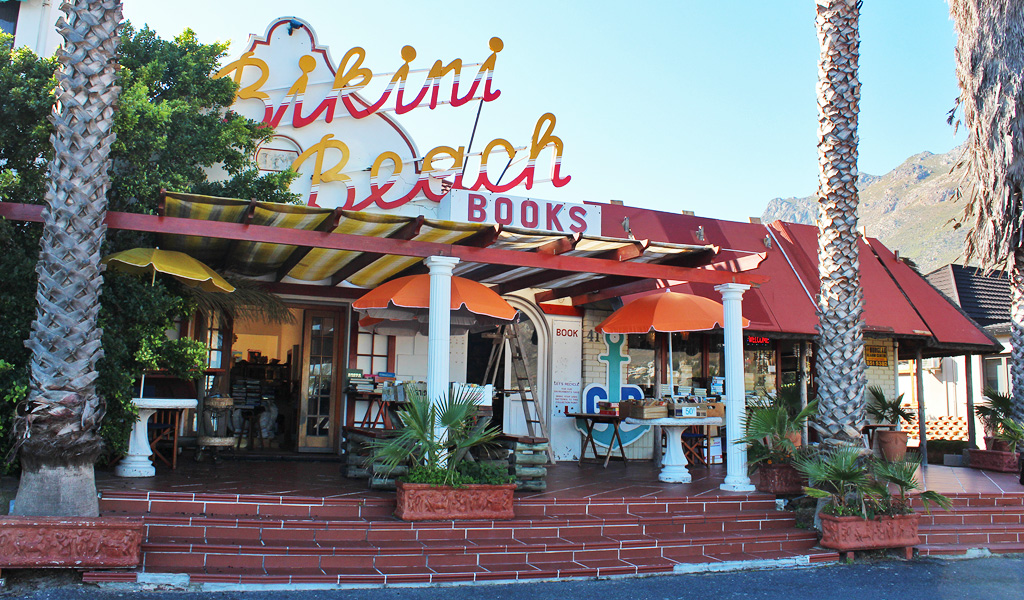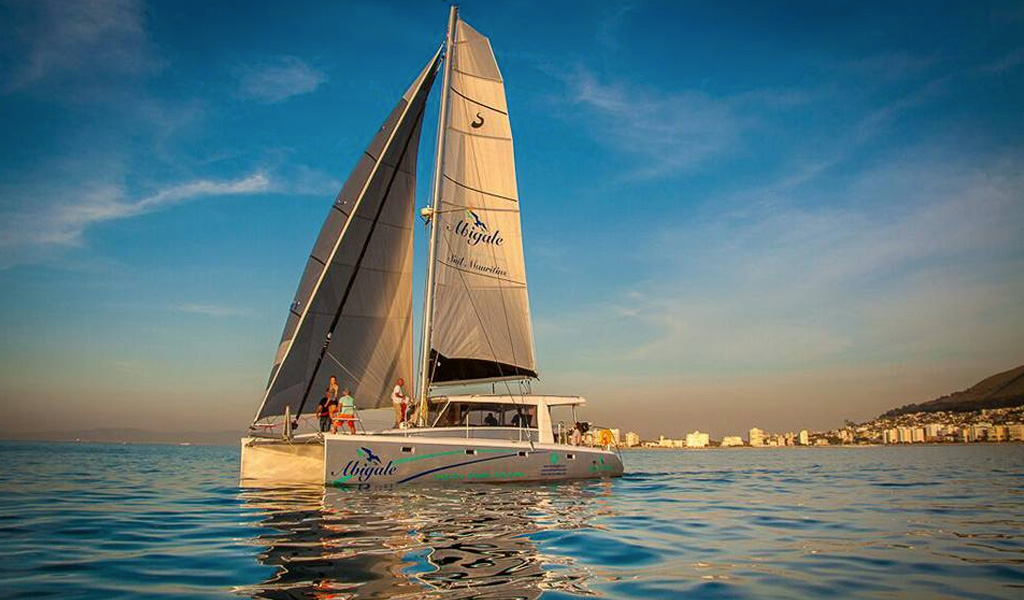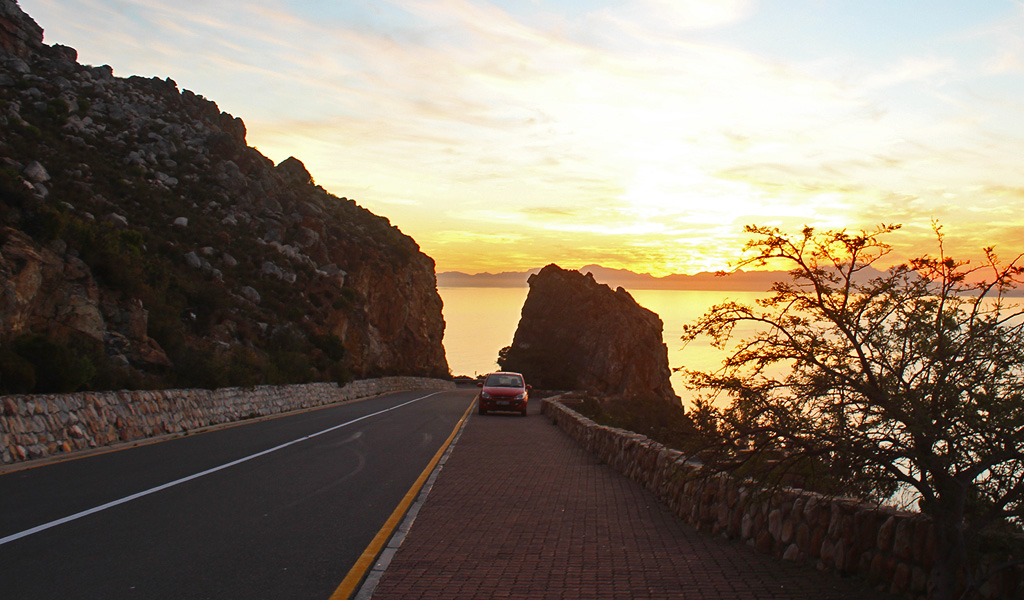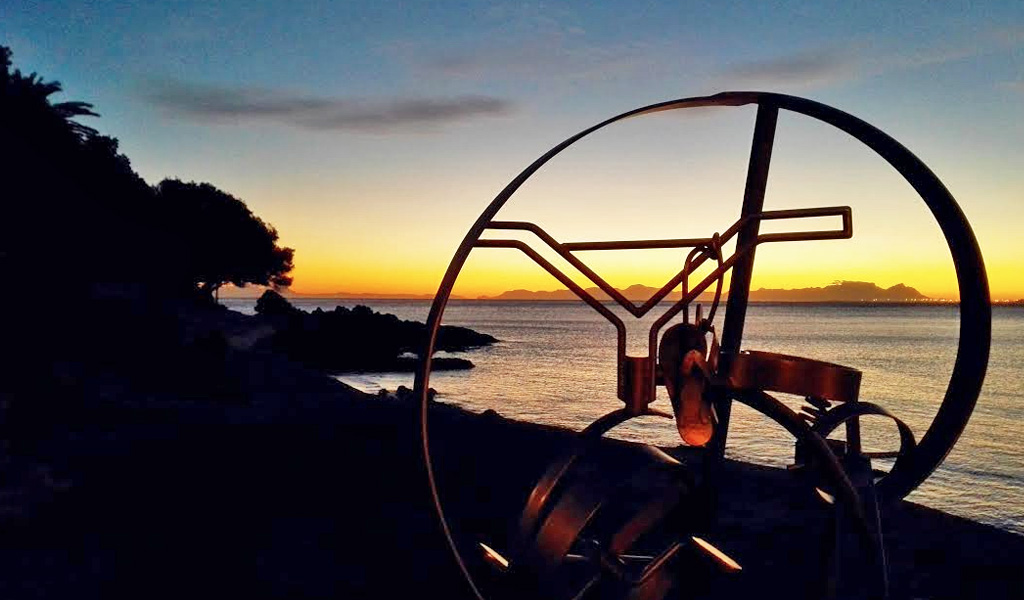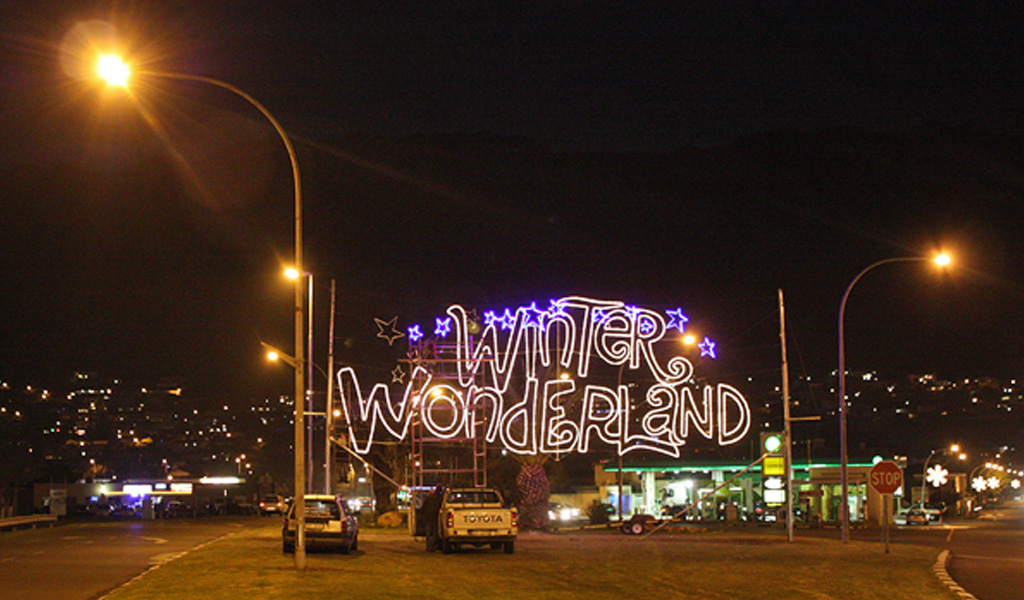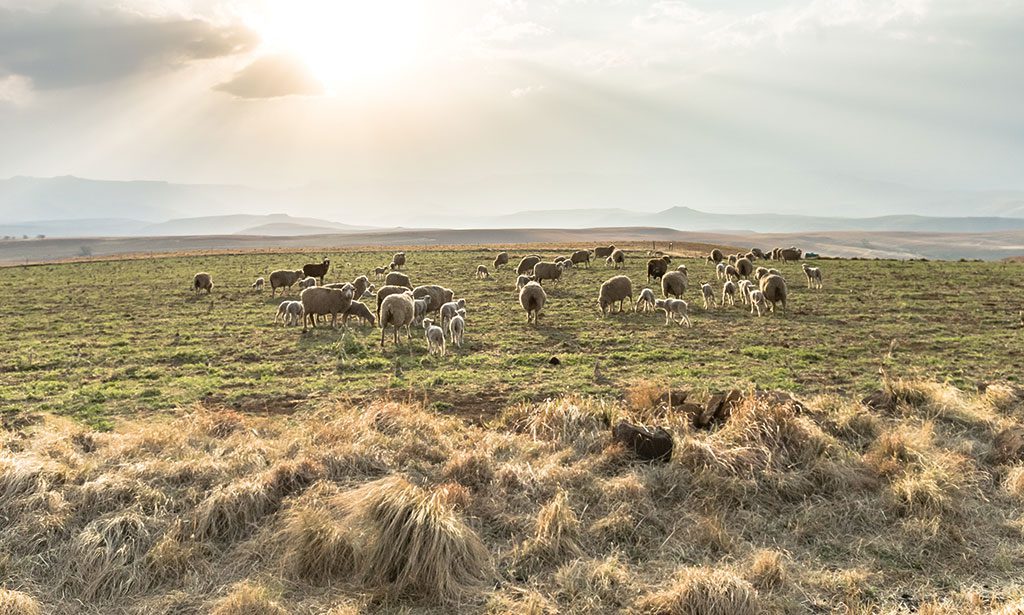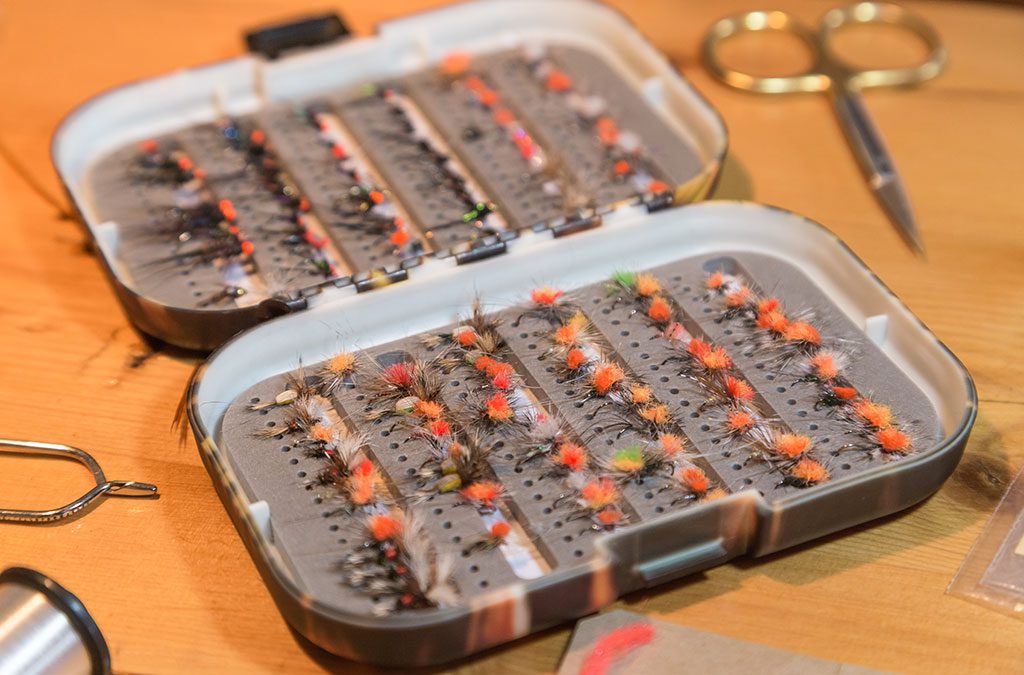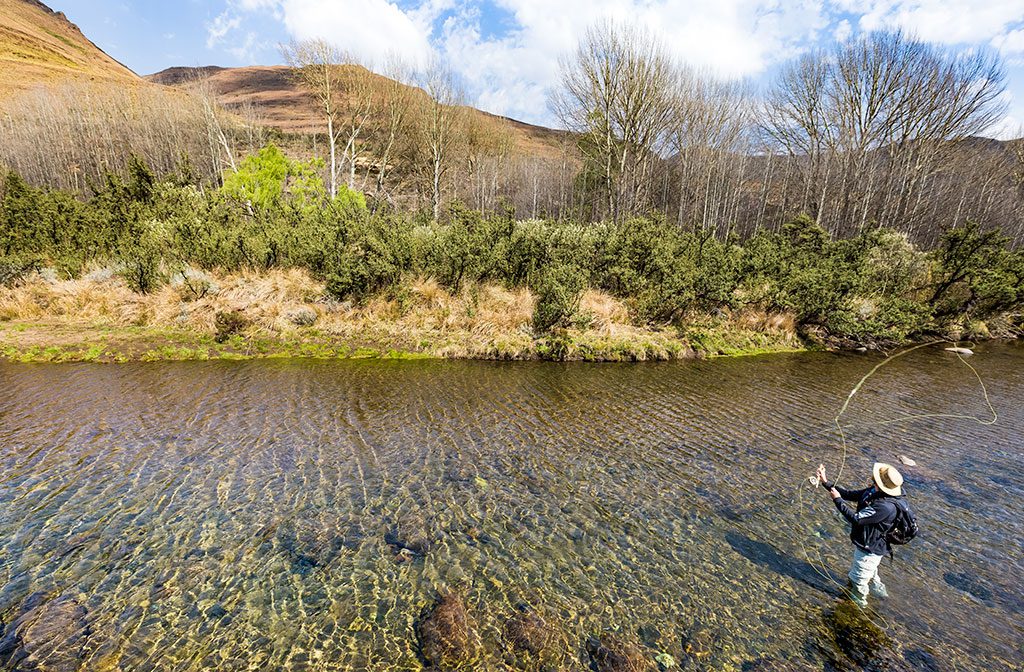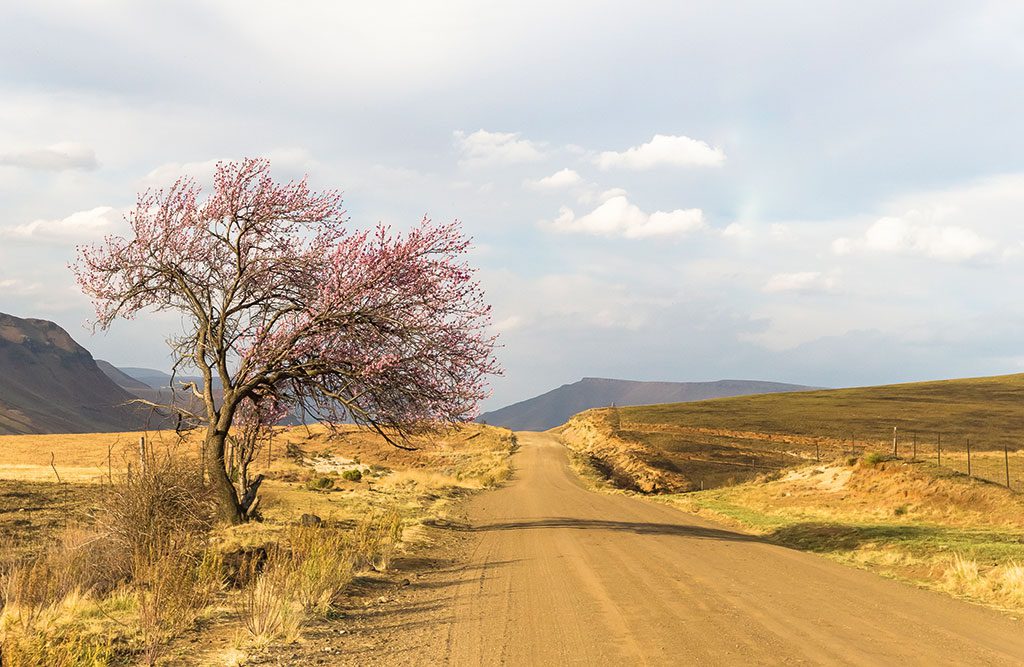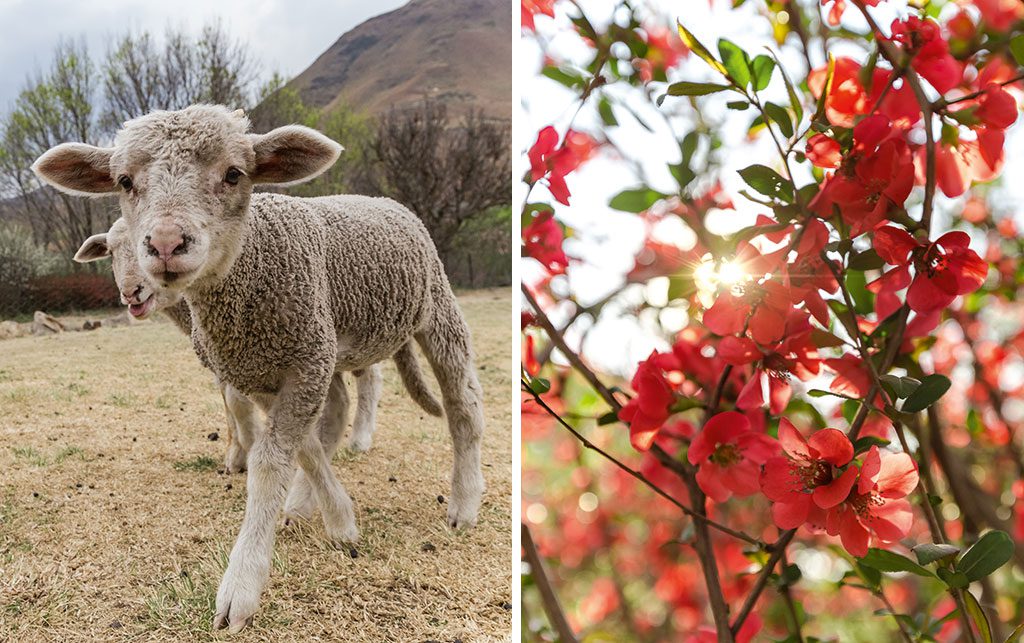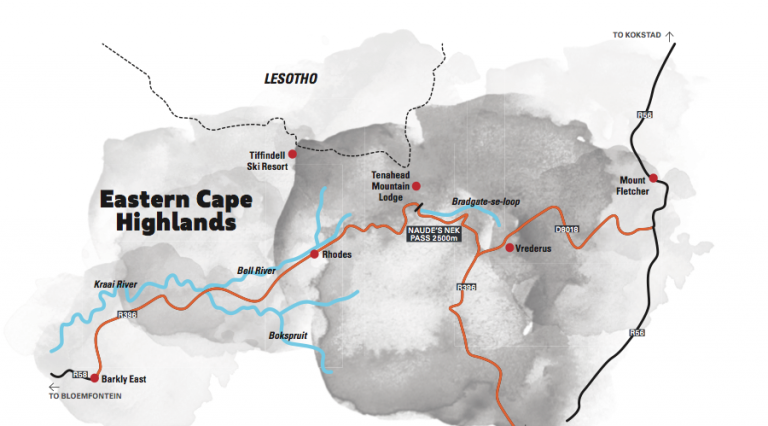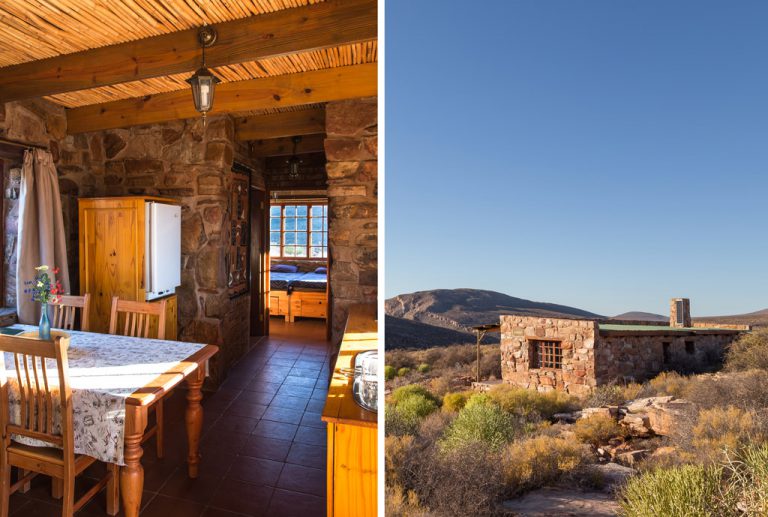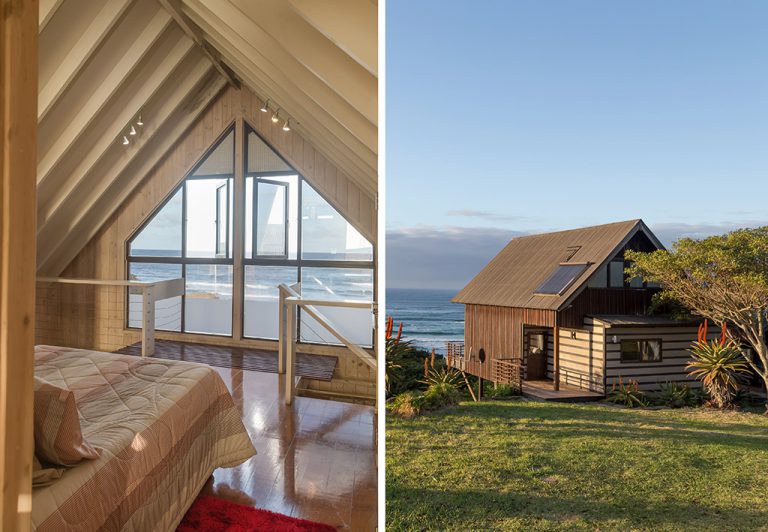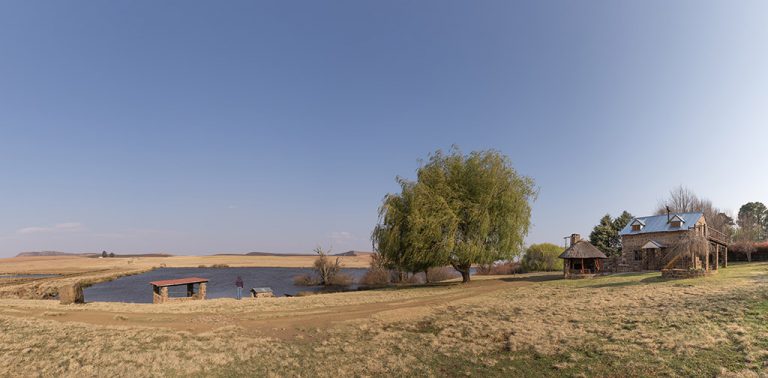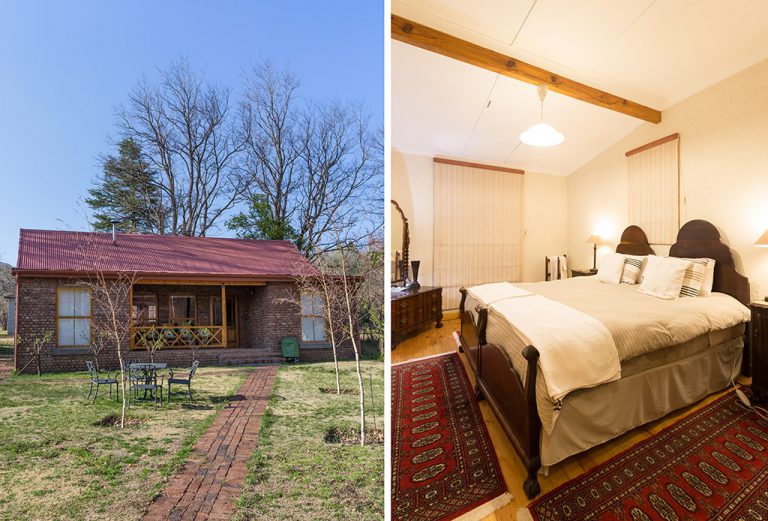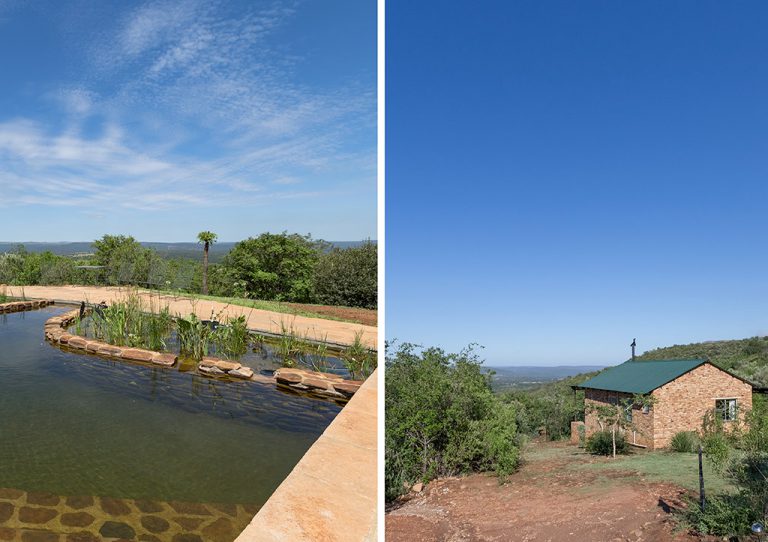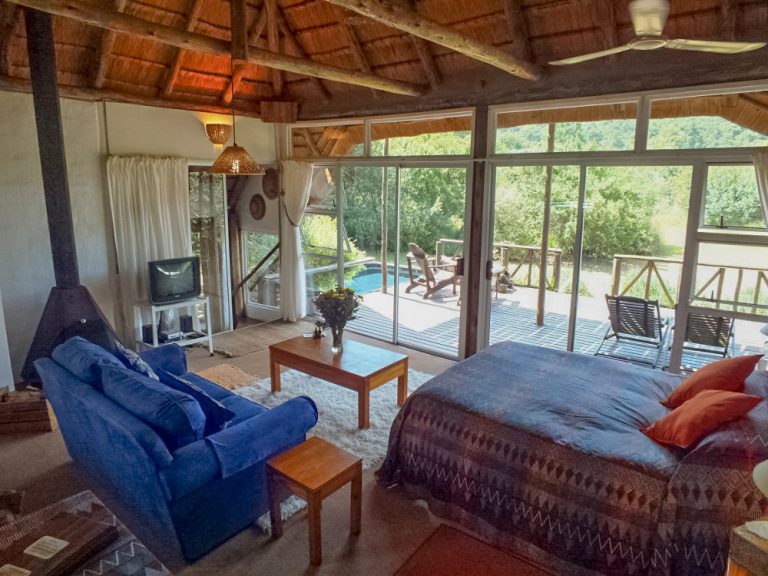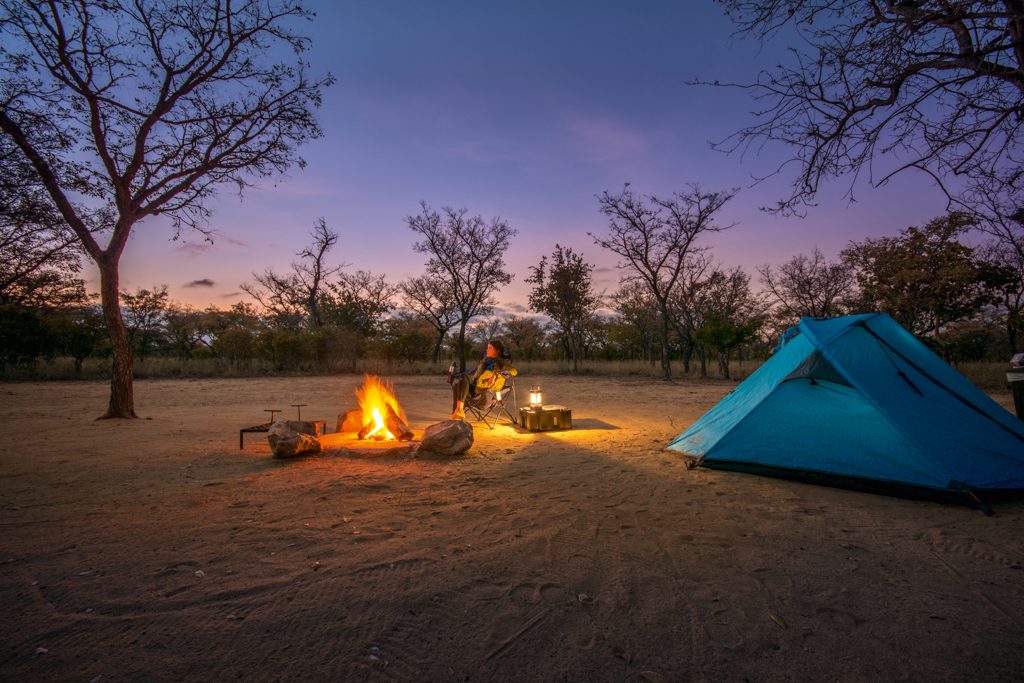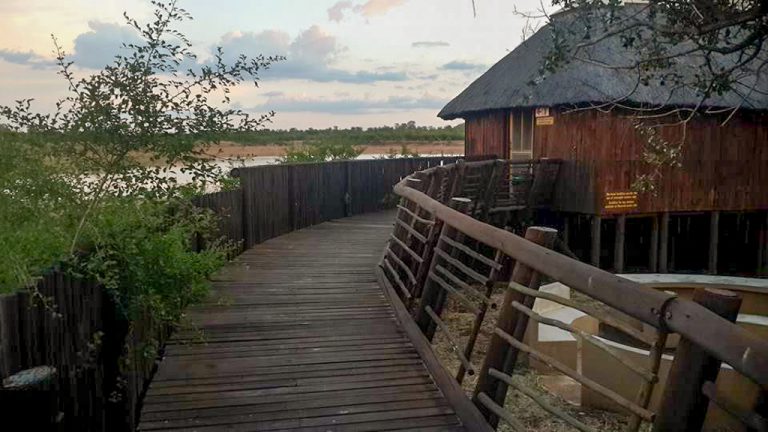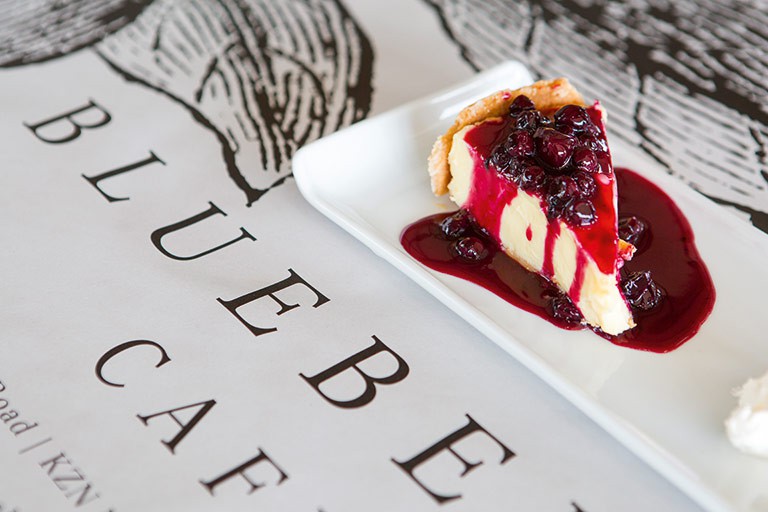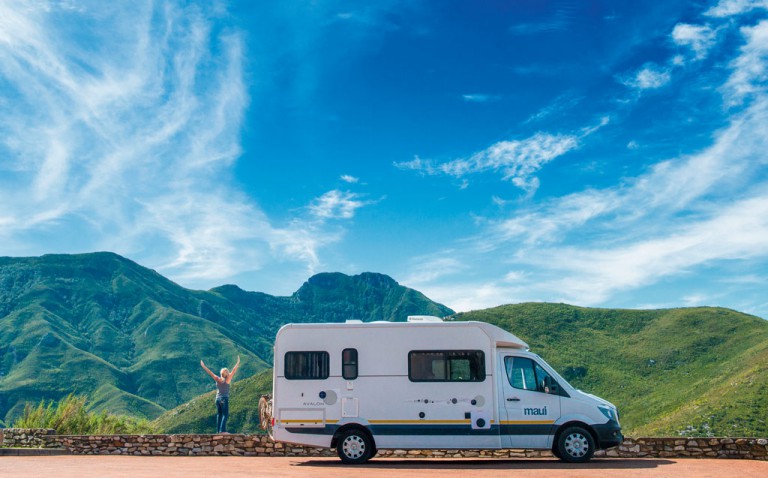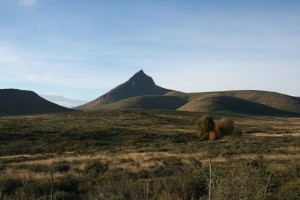
Love off-the-beaten-track? Try the less touristy section of Route 62, along the back of the Garden Route through the Langkloof. Photos and words by Caroline Webb.

Somewhere between Kareedouw and Joubertina.
The challenge came right at the start. Once out of Port Elizabeth, en route to J-Bay, road signs kept tempting me to the coast, but I resisted. Soon Jeffrey’s Bay wind farm appeared on the horizon, the mighty windmills a thrilling sight ‒ even more so up close.
For 10 kilometres, they are a constant companion to travellers on the N2. I reached a crossroads and took a left to Humansdorp, a scrappy town run by dogs ‒ or so it seemed on this day. Every few metres down the main road, there was a dog or two on the loose, crossing the road like seasoned jaywalkers. The eye-catching cultural centre, a ‘green’ building on the way into town, was closed up and quiet. Pity. The town has shops that might appeal to avid browsers, and the Humansdorp Boutique Hotel (built 1858) has an impressive hexagonal- shaped bar.
Back on the road, it pretty soon became quite overgrown ‒ nature was encroaching right up to the edge of the tar, leaving no shoulder at all. South Africa’s roads tend to have a lot of space on the sides ‒ enough for people to walk along, cars to pull over and baboons to sit on… This was pretty unusual, and it felt a little like I was in another country. Not jungle, exactly, but very closed in. I enjoyed this stretch, and after passing many railway sidings with intriguing names, Kareedouw came into view around a bend.
It felt welcoming and charming and cared for ‒ several side streets were closed off, getting a new layer of tar. It’s just a small village, with an incongruously grand old church. The main attractions are the Dutch pancake and coffee shop and a famous butchery ‒ its boerewors is so good, I was told, when the ‘Vaalies’ come down to the coast in December, they always pop in here first to stock up. I also heard about the karrie (Khoi honey beer) unique to this area ‒ and from which the town possibly gets its name. Bee man Nico Gerber keeps various wild hives out on the farms and in the mountains, and uses the food baby bees eat, herbs from the area and honey to make his beer.
Before leaving, I took a quick drive to Oude Bosch, and was rewarded with an unexpected glimpse of the sea at the top of the hill (see left). Then it was on to Joubertina, a stretch through lovely countryside, the Krom River running alongside the road for much of the way, and the Suuranys Mountains to my right. I made a quick detour left into Tweeriviere, a village that turned 250 years old last year, but as pretty and pastoral as it was, most of it turned out to be private property.
Despite being the regional hub, Joubertina was as sleepy as could be (although I did spot some teenagers shooting guns in their backyard). It’s larger than Kareedouw, and boasts an even bigger church. At the bottom of the main street, the town ‘centre’ has a lovely old locomotive on display but a raggedy collection of shops.

The quiet town of Joubertina.
To find the real adventure, I’d have to turn off Route 62 and into the hills. There are dozens of farm stays with activities for visitors committed to staying for a few days (see page 60). I didn’t have that much time, but I swung right onto the Bo-Kouga road just outside Joubertina – and found myself on a nice farm road that became a nerve-shatteringly narrow and lofty pass. My car was barely up to the challenge, but it was spectacular.
I chose to stay over in Krakeel, 10 kilometres from Joubertina. This tiny settlement in the shadow of Formosa Peak (the highest in the region) has a lost-in-time feeling. That evening I saw a fire on the mountainside, and was told that this is where the village’s rubbish is burnt every night. So I sat on the stoep of the guest house, drinking strawberry wine and watching this giant bonfire, the only light around.
A day in, it had started to dawn on me that this Other Route 62 pretty much heads straight for miles through the Langkloof, like a long corridor between the mountains. The scenery does not vary much ‒ orchards, farms, dams, mountains ‒ but there are many picturesque cottages and rural scenes. One drawback of this straight, easy, well- maintained road is that the farmers are impatient drivers… no country niceties here. I lost count of the number of times a big bakkie loomed up in my rear-view mirror, speeding down the valley.
This area would be beautiful in spring (blossoms) or summer (leafy trees laden with fruit). Driving the route in midwinter meant passing rows and rows of stark skeleton trees. Without the pretty orchards, my eyes were drawn to the fynbos and veld and the shapes of the Kouga and Kammanassie mountains to my right and the Tsitsikamma and Outeniqua mountains to my left.
I whizzed past Louterwater, almost missing it ‒ it has the ubiquitous farm stall and railway siding ‒ but came to a halt just after Misgund at the Kliphotel Country Store (built in 1931), a rather chic farm stall on the border of the Eastern and Western Cape.

Kliphotel Country Store.
I pushed on to Haarlem, an old mission station which runs for about three kilometres along Route 62, with no obvious centre. It’s crumbling and clinging on, but charming. There is nothing commercial about it (not a farm stall in sight); sturdy plowhorses graze in allotments (on weekends the local children race these horses down the dusty roads) and even the old church here is humbler. I passed the enticingly named Siesta (a railway siding) and at Avontuur took a right to Uniondale via a craggy poort.

Nico Gerber in Ferrari’s; Haarlem’s church.
The landscape changed and I started to sense that I was entering the Karoo. I admit it felt good to drive into a ‘real’ town, neat and pretty, with lots of old, lovingly cared-for buildings. Interesting shops dot the main street, making it a good place to stretch your legs, on evening strolls or slow-paced bike rides. That evening after dinner, I relaxed in the bar at The Townhouse and downed a shot of Spookasem, the local witblits. Cheers to the Other Route 62!
I left Uniondale via the Potjiesberg Pass (a wonderful drive). At the bottom it rejoins Route 62, and I eased into another long stretch, passing blips on the map (Molenrivier, Noll…), The Goose wine estate and – my favourite – Eenzaamheid, an abandoned garage. From Herold, you can head up to Oudtshoorn to continue on Route 62 or dip down to George, which is what I did. The snaky Outeniqua Pass was even more spectacular after the long, straight stretch I’d just driven for the last few days.
Things to do on Route 62:
1. Eat big pancakes at The Sweaty Dutchman in Kareedouw. Sweet and savoury options (from R25) and the best coffee for miles around. Tel 0422880056, find it on Facebook.
2. Drink honey beer at Ferrari’s, Nico Gerber’s characterful bar which he runs from his house in Kareedouw (look for the giant tractor tyre outside). If there’s no honey beer in stock, order a dop anyway. Tel 0720848849.
3. Head into the hills on the Baviaans-Kouga 4×4 trail which starts just outside Kareedouw. If you’re not in a 4×4, Kouga Wildernis near Joubertina offers guided 4×4 trips (R250 per person) and self-drive trails. 0422739903.

Kouga Wildernis Campsite.
4. Horseride the hills on tough boerperde with Moria Riding School near Kareedouw. From R150 per person. baviaanshorsetrips.co.za
5. Taste strawberry wine from Jenny Whitehead-King of Apple Valley Guesthouse in Krakeel who makes this rosé- like wine but doesn’t sell it. You’ll have to stay over. From R350 per person. Tel 0422742259, applevalley-guesthouse.co.za
6. Walk on Formosa Peak but get route advice and assistance from Sam van der Merwe, who’s been walking these mountains for 40 years. Tel 0826509435.
7. Rent a bicycle at African Aloe Café (R100 per person for four hours) in Uniondale and enjoy historic sites on the Town Cycle Routes; map provided. Tel 0760336067.
8. Dine in an 1854 watermill, now Die Watermeul bistro – just a few tables up some very steep stairs. It has an outstanding menu (from R25). Tel 0447521079.
10. Appreciate boerekitsch at Altelekker in Kareedouw, a maze of rooms filled with objects and decorative sayings (all for sale). The cafe serves SA classics such as jaffles and bobotie (from R25). Tel 0422880018.
11. Visit the cafe at Die Kraaltjie, a guinea fowl and quail farm in Joubertina. There’s a stuffed springbok outside and a real tractor in the playground. 042-273-1313, diekraaltjie.co.za
12. See the biggest hubcap collection in South Africa. Collected over 40 years, it has been moved from the Kloof Hotel to the wine shop at Joub’s, at the entrance to Joubertina. (Pick up some wine while there.)
13. Walk the Path of Hope, a labyrinth created by street kids, at The Cottages B&B in the main street of Uniondale. Just open the gate and go in.
14. Do a tasting at The Goose wine estate (owned by golfer Retief Goosen). Call ahead. Tel 0826102276, thegoosewines.com
15. See local art and pottery in the rustic, straw-bale Kannabos Gallery (look out for the sign off the N9/R62). There’s also a succulent nursery. Tel 0834445237.
Where to stay:
Assegaaibosch Country Lodge, just outside Kareedouw, is a real gem, founded in the late 19th century by a French army deserter and filled with history. It’s stylishly decorated, has a fantastic courtyard pool deck and great family-holiday facilities. From R425 per person sharing, children from R300. 042-288- 0700, assegaaibosch.co.za
Kouga Kliphuis is on the Kouga River, and accessible only by 4×4 (transfer R150 for group). Canoes are provided, and there’s a hike to a waterfall. From R500 for two, self-catering (sleeps six), no electricity. kougakliphuis.co.za
Kouga Wildernis, deep in the mountains outside Joubertina (down that pass), has a cottage and cabins, but even better is the remote campsite beside a stream, near a waterfall and overlooked by the awesome visage of the ‘Gladiator Rock’. From R100 per person. Tel 0422739903, wildernis.shadowna.com
Afsaal Guest Farm, on the banks of the Groot River in Haarlem, has cottages that are 150 to 250 years old, restored by owner Gary Olivier (who is also restoring other buildings in the village and knows a lot of local history). From R300 per person. 0447631407, afsaal.net
The Townhouse in Uniondale is an historic home, but not precious at all – you’ll be sharing it with dogs, cats and birds. Plus there’s Dave’s Bar. From R350 per person sharing B&B. Tel 0447521331, uniondale.co.za
This story originally appeared in the October 2016 issue of Getaway magazine.
All prices correct at publication, but are subject to change at each establishment’s discretion. Please check with them before booking or buying.

This article, The other Route 62, was originally posted on the Getaway Blog by Getaway.




































